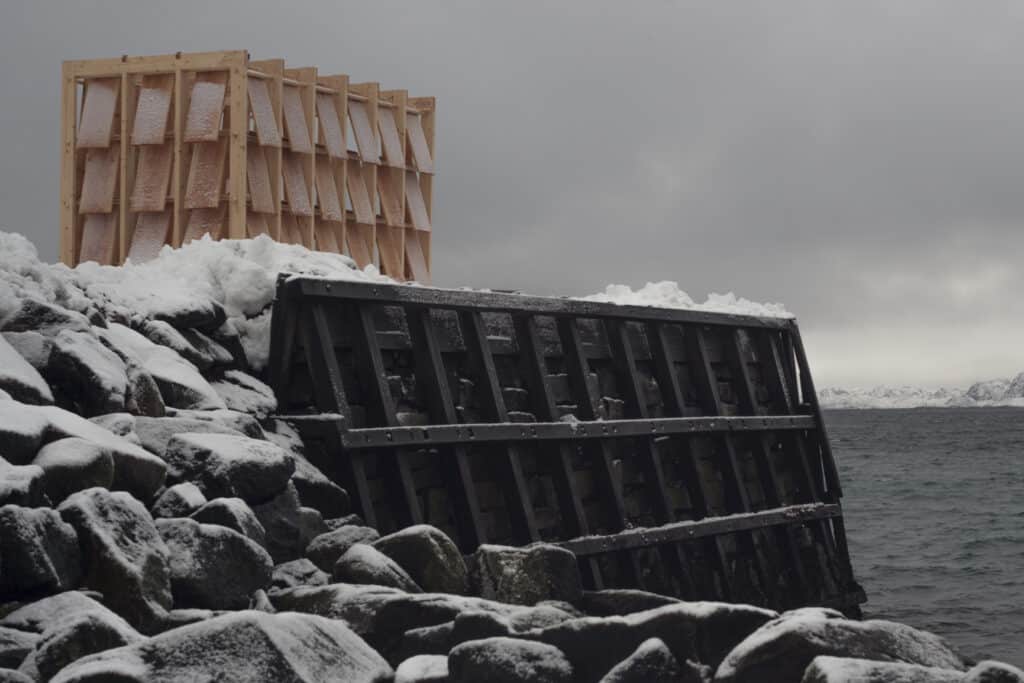Qamutit Home
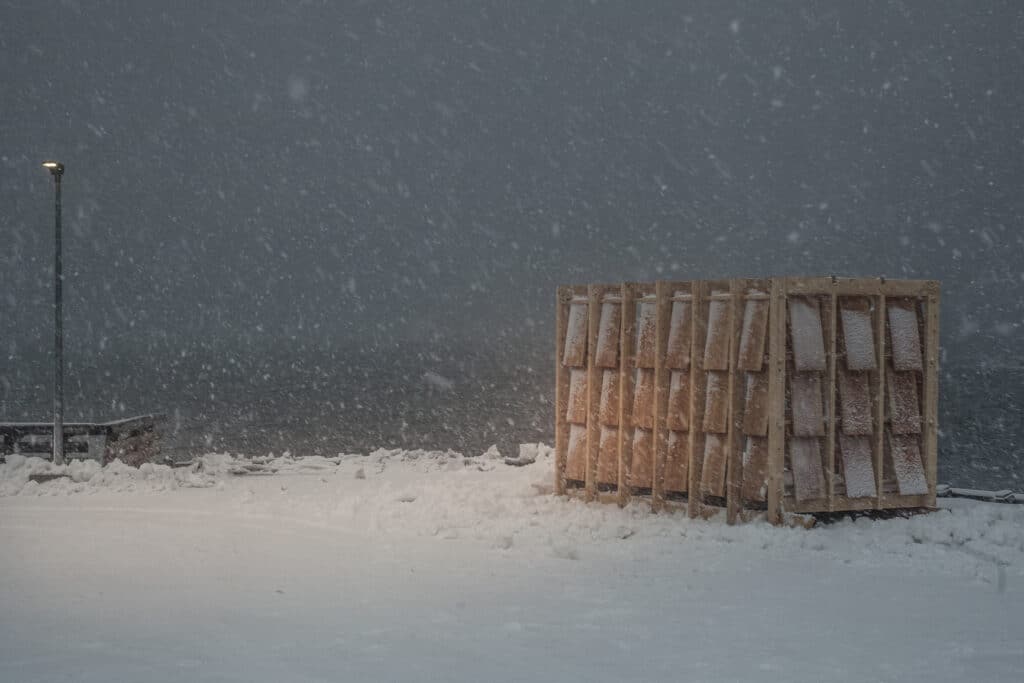
Qamutit (Inuktitut: ᖃᒧᑏᒃ): an Inuit-designed sled for transport on snow and ice.
This conceptual sledge-house exhibits a catalogue of ideas and perceptions regarding the notion of ‘home’, dissolving the boundaries between building and environment and between building and meaning.
To regard a house as a home is to regard a building as a world. Qamutit Home seeks to strip the idea of a house from its formal expression and to stimulate dialogue between itself and the audience by inviting visitors to share and further develop the concept of the home and its subtleties.
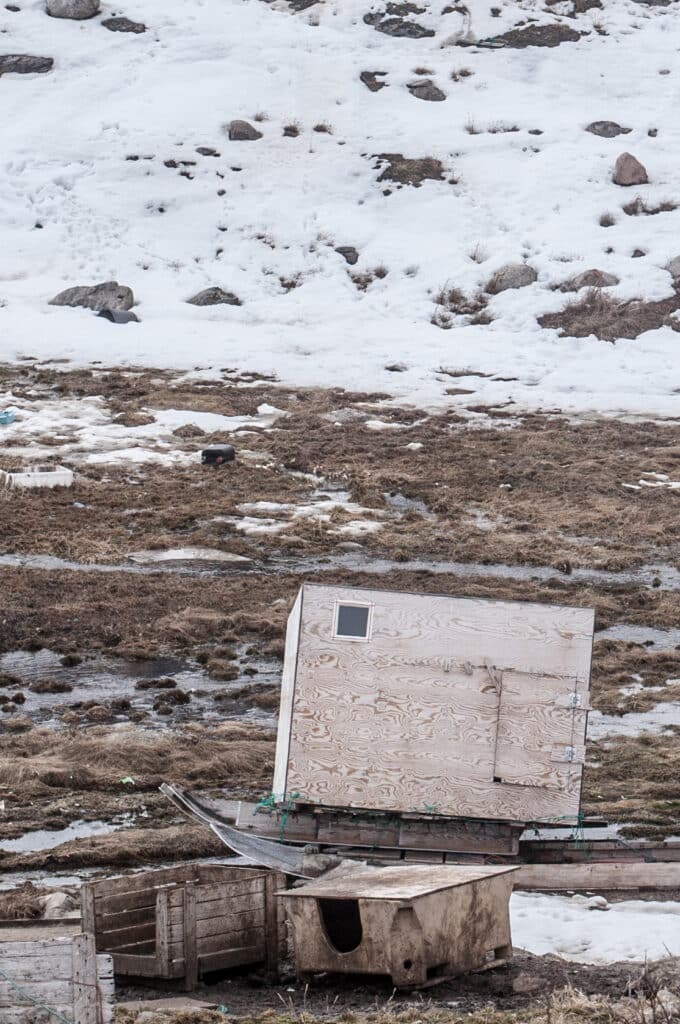
Finding a balance
What makes a home? Four walls and a roof, objects, our presence, feelings, emotions, memories…? The sketches below seek to identify a balance between a house as a structure and as a ‘home’.
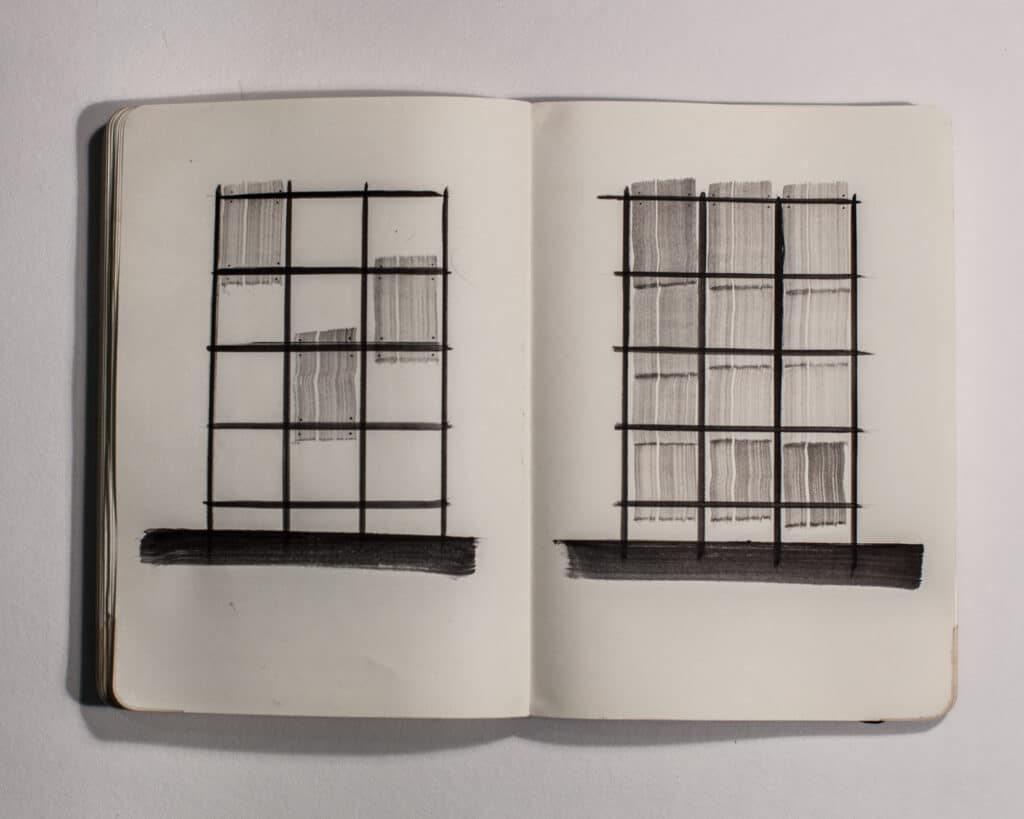
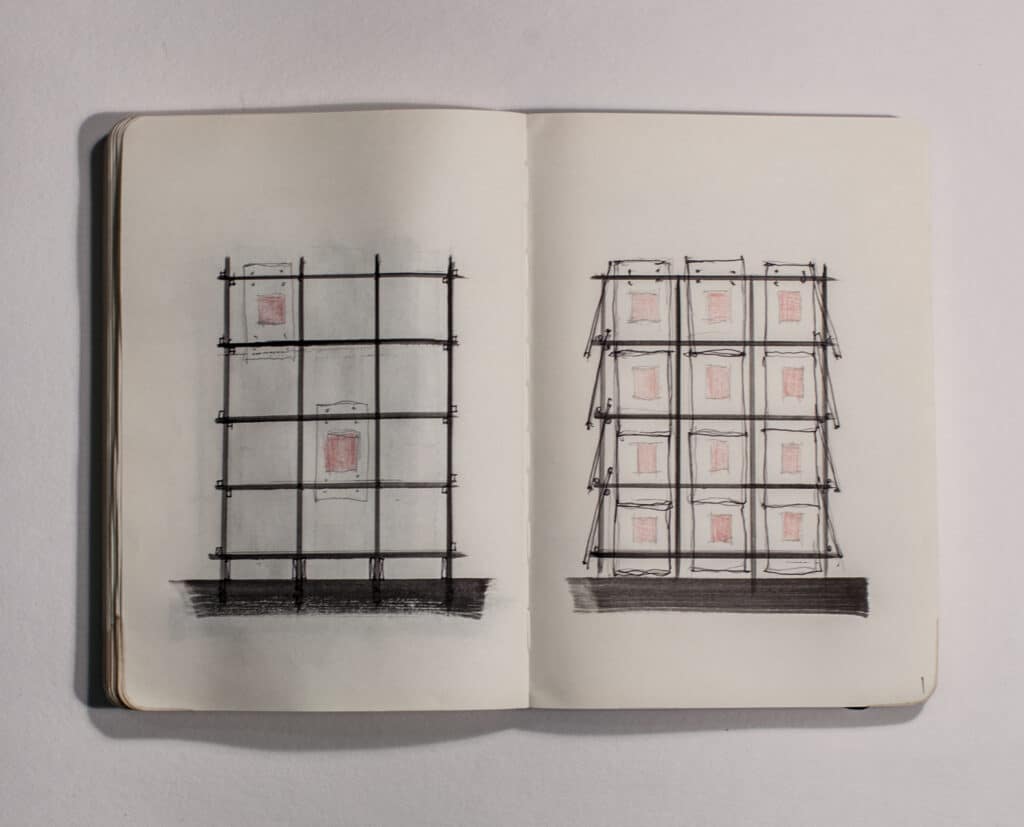
Each sketch shows a structural grid with panels that each tell an individual story and meaning of home.
The different sketches are an evolution in time; as we remove or add panels, we question what constitutes a home. They show a natural course of habitation. As we use a space, we create memories and feelings that overtime make it a home.
Vernacular construction
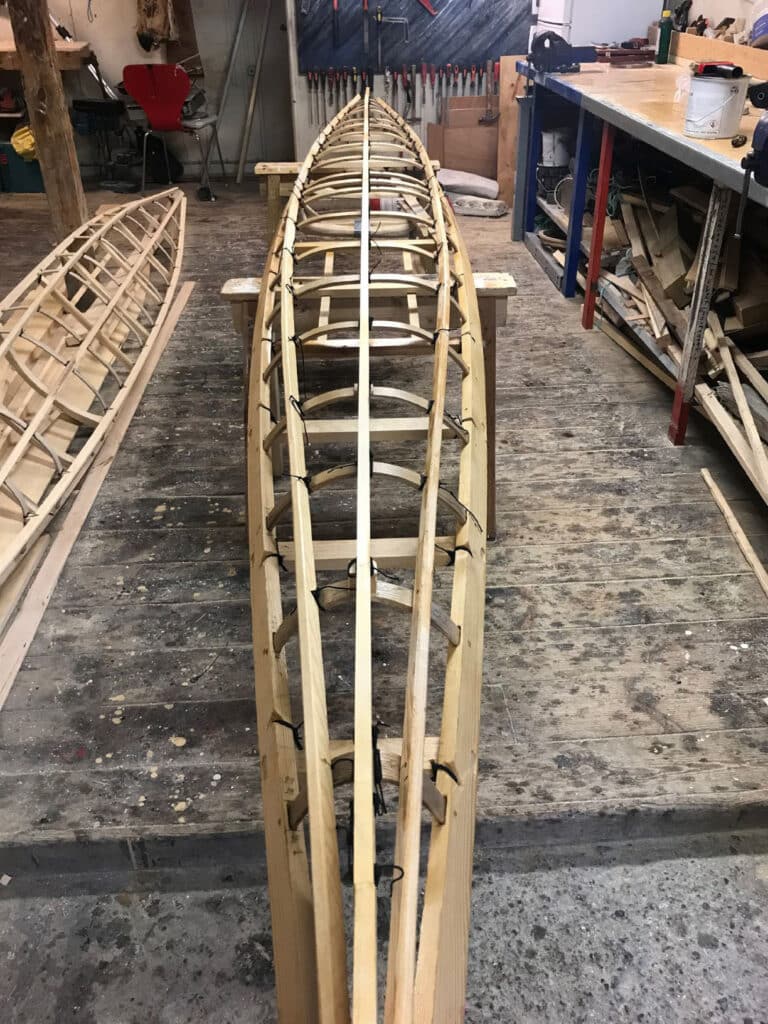
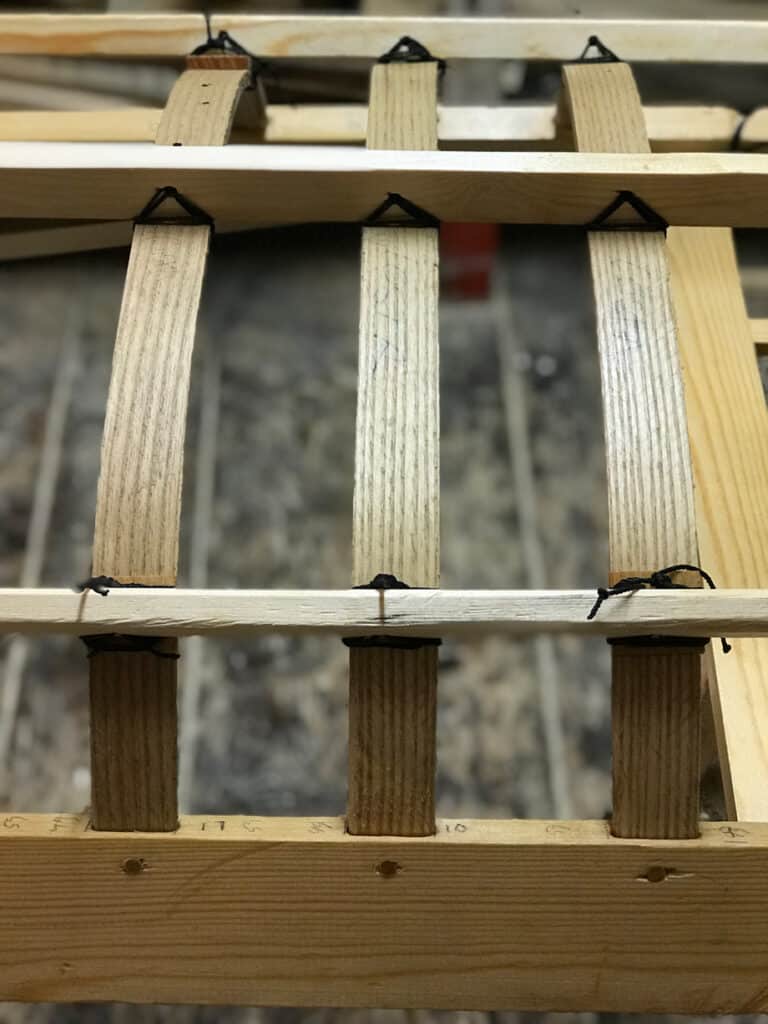
When I first moved to Greenland, I joined the local kayak club where I learned how to build a Greenlandic style kayak – ‘Qajaq’.
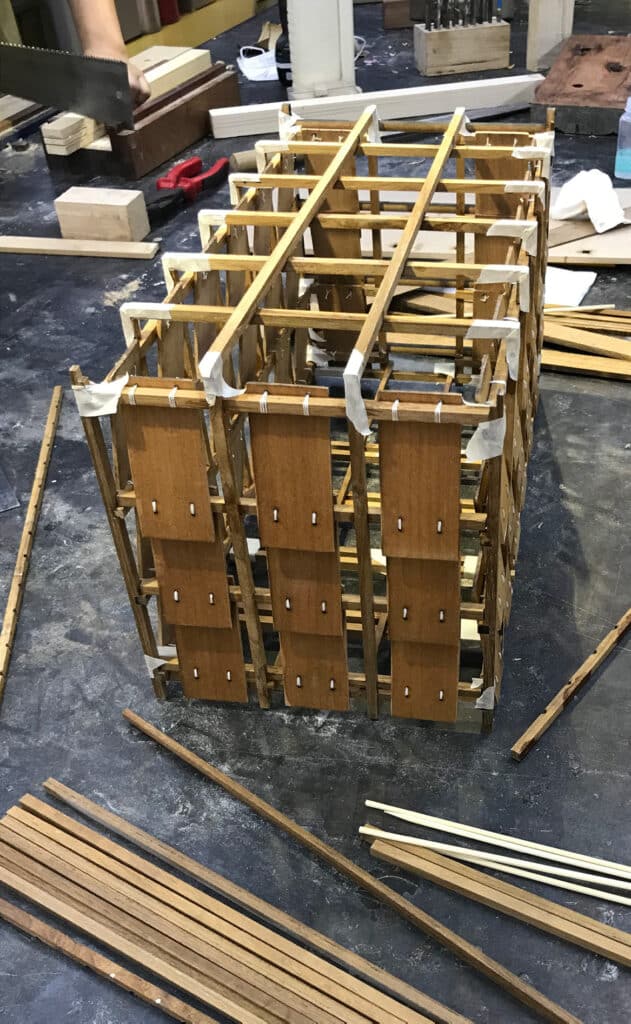
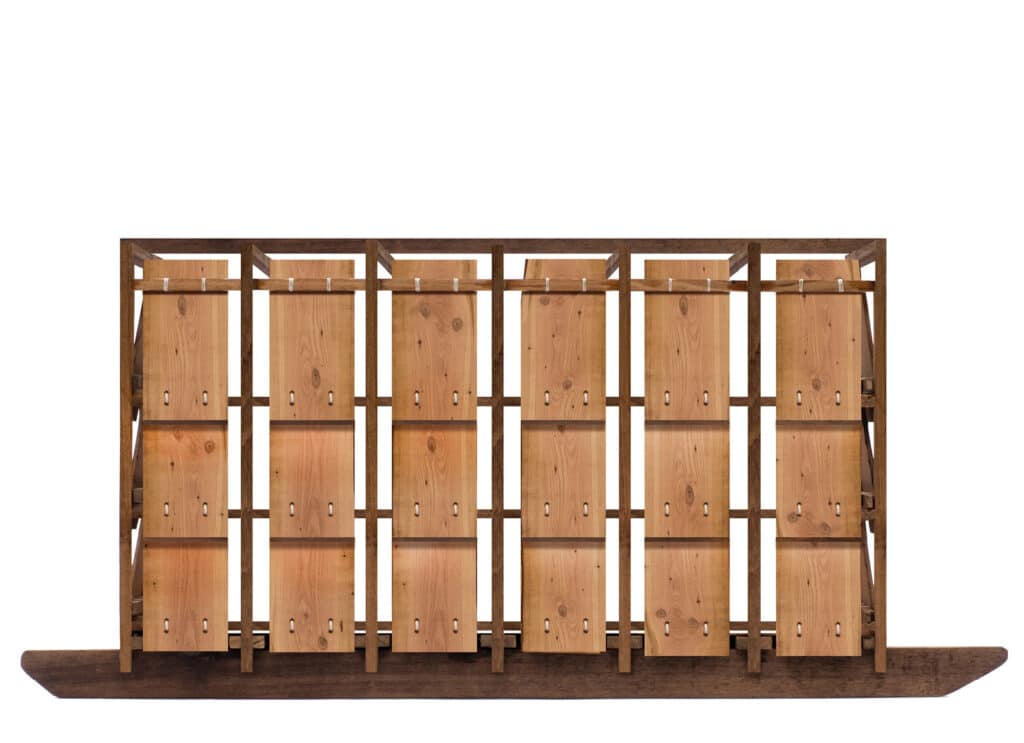
The construction of the exhibition is inspired by these traditional Inuit building techniques: the method of placing poles in accurately cut holes, instead of using bolts and screws, and tying methods using lashings to create self-locking knots.
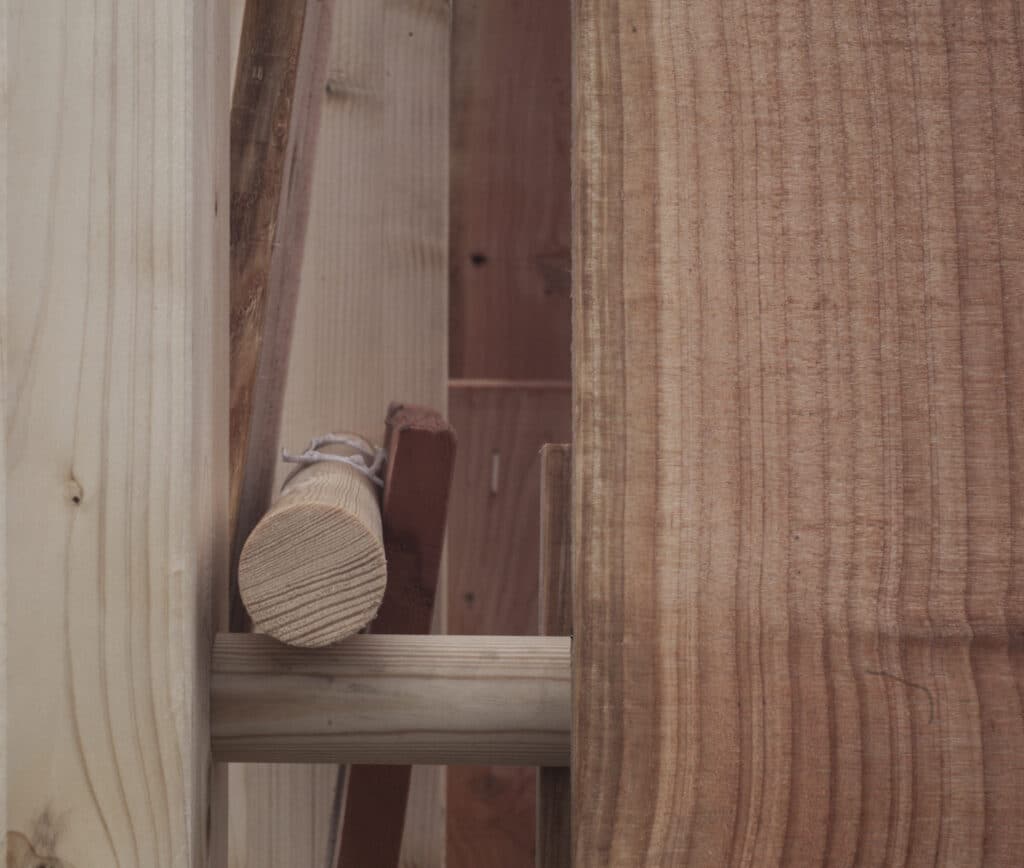
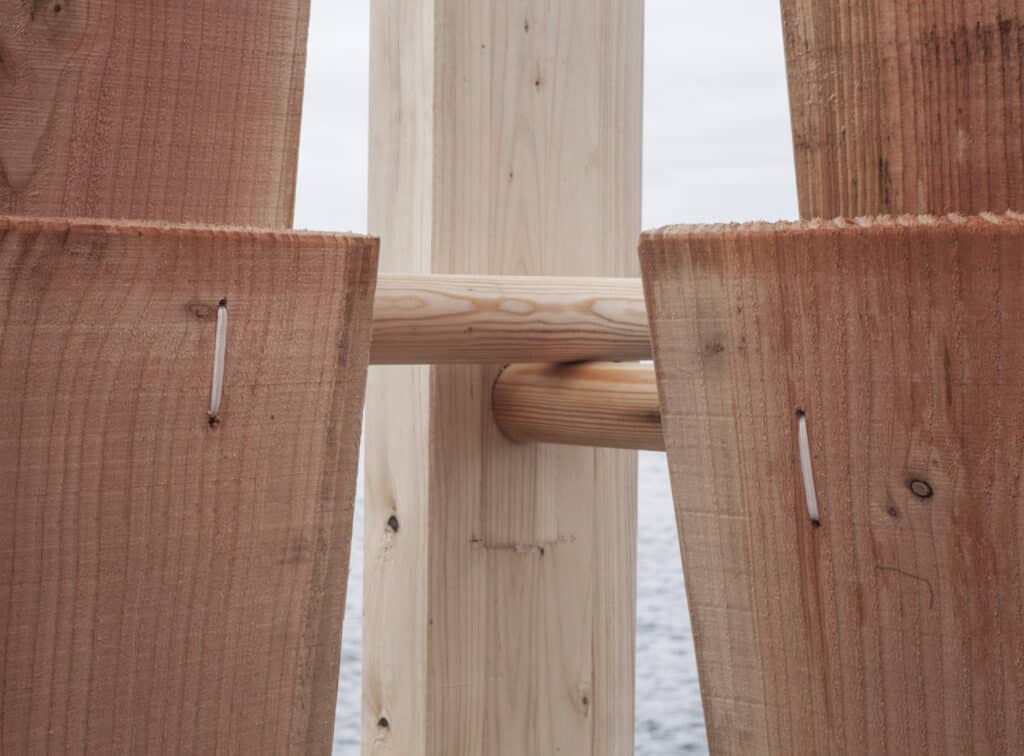
Traditionally, these methods were used for maximum durability; the flexible joints are ideal for travelling long distances on ice and snow through the Arctic regions.

Qamutit Home’s timber scaffolding structure holds a series of solid Douglas fir panels, each displaying an individual’s story on ‘home’ – on its meanings and associations.
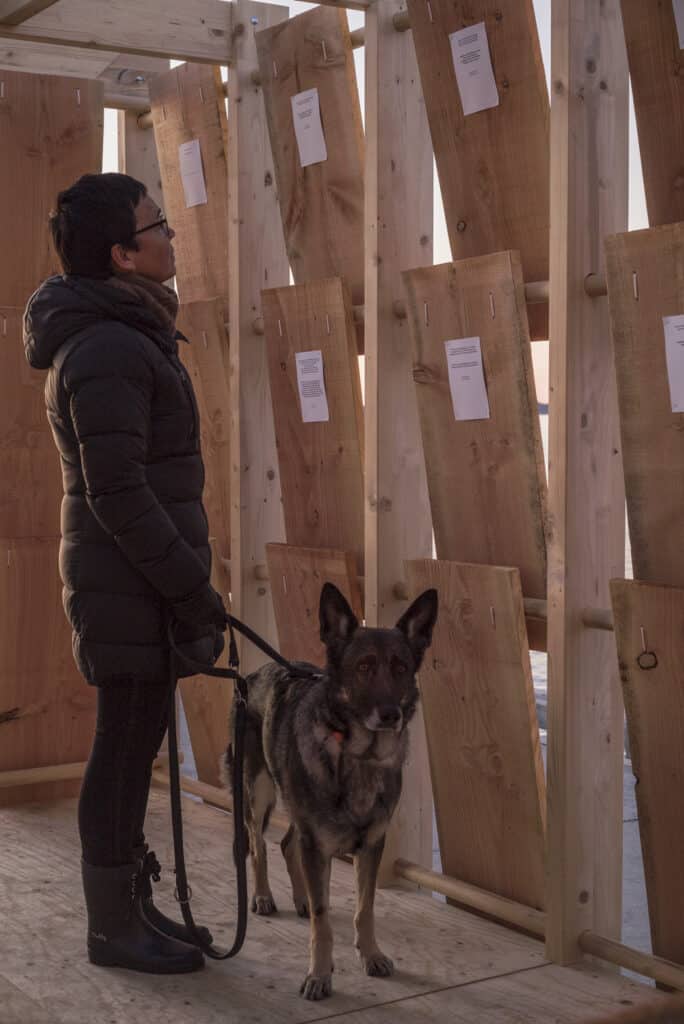
A catalogue of ideas and perceptions
By sharing and understanding these different perceptions we can broaden our view on what ‘home’ can mean. This is especially important to understand and utilise as architects in today’s globalised world, where people voluntarily or involuntarily relocate on a large scale, as with the free movement in the European Union and border crossings around the world, or more recently the refugee crisis.
Home is a broad subject that varies between different locations and cultures. Early nomadic shelters were built and used to protect us from climates and defend against predators. Since then, the concept of home has constantly changed and adapted depending on many factors, lifestyles, and cultures.
Looking back at my own history, with my great grandparents’ move from areas of the Black Sea to Greece in the early 1920s, and my grandparents’ move to Sweden in the 1970s, the idea of ‘home’ has become relevant to me.
During the past couple of years, I have lived in Tanzania and Greenland and have been introduced to social ecologies and home structures that have broadened my concept of home.
‘[Bodil] Kaalund argues that art, far from being absent, is ubiquitous, that it is an integral part of every Eskimo product.
The Eskimo, by constitution, is an artist, which is to say that in the Eskimo view of the world nothing and everything is art. A good harpoon is a beautiful harpoon.’
Pia Arke
